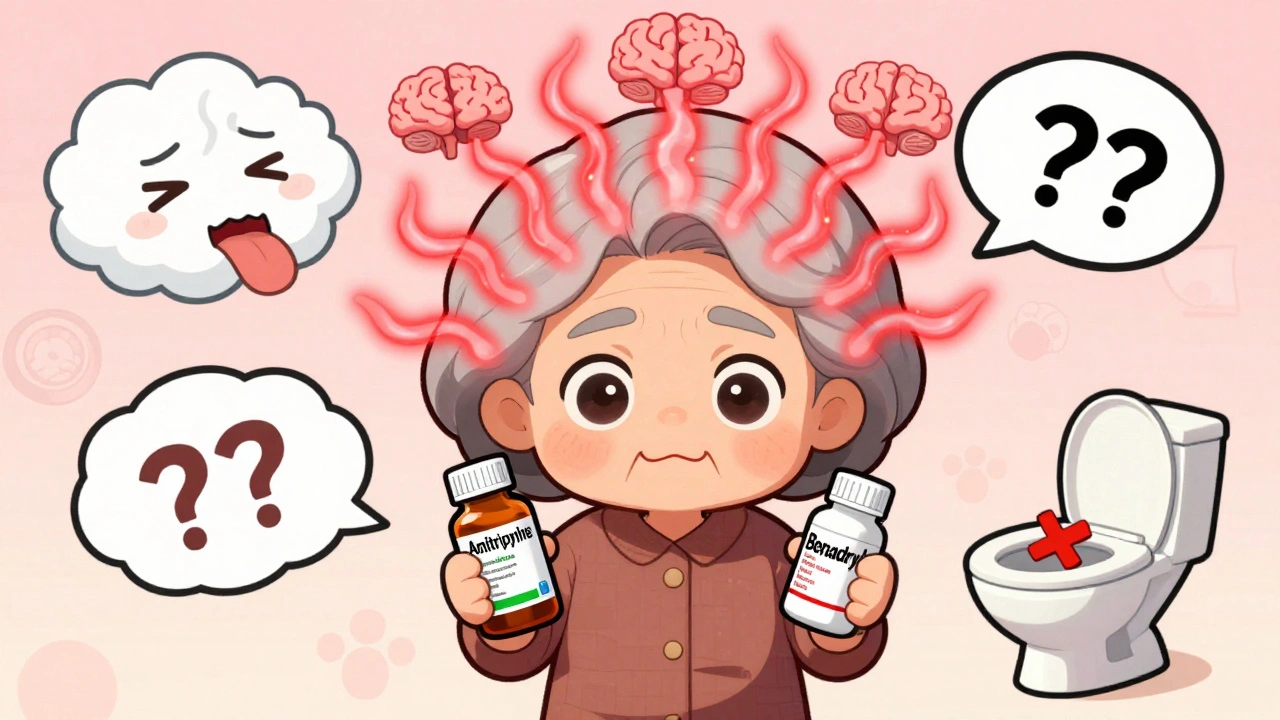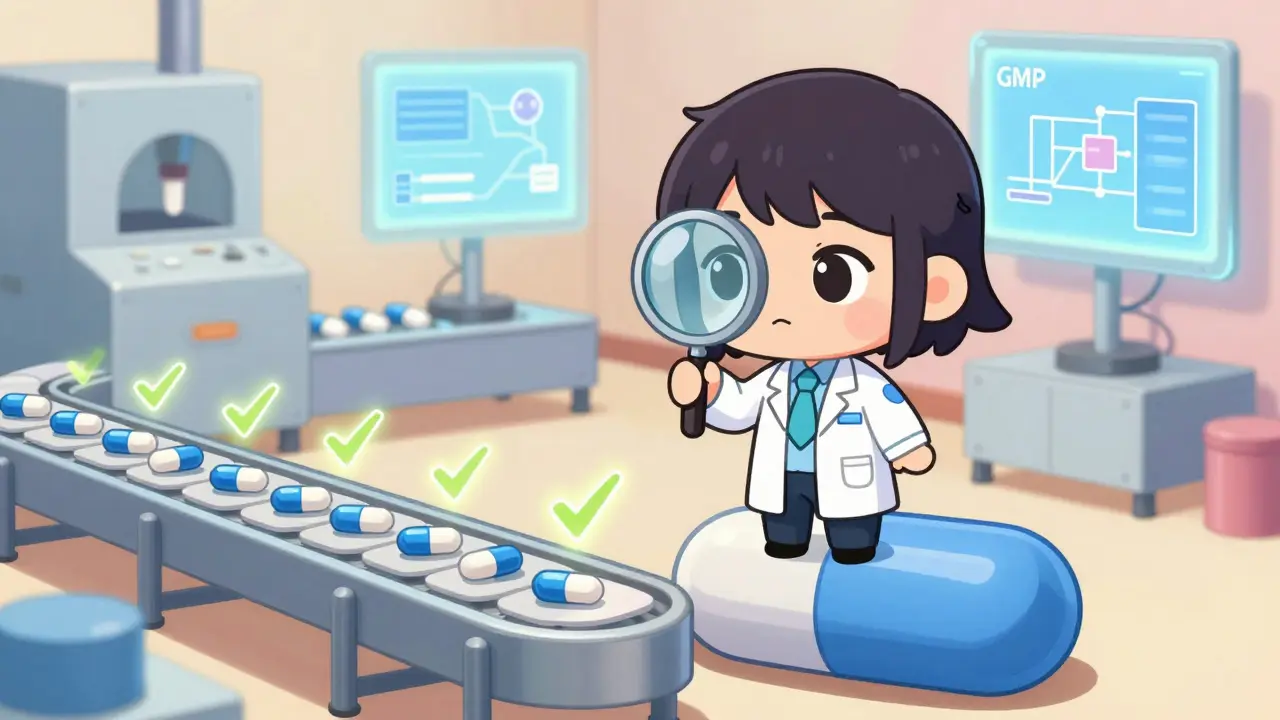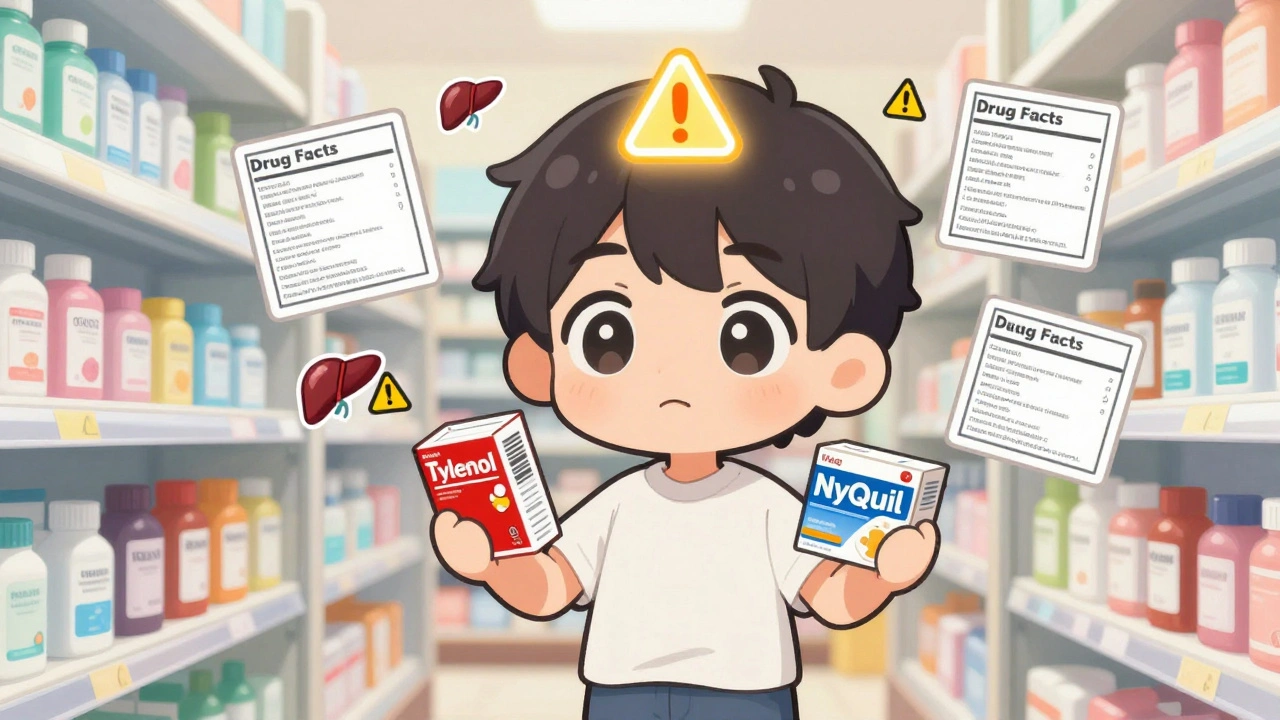Rivastigmine: What It Is, How It Works, and What You Need to Know
When someone you care about starts forgetting names, losing focus, or struggling with daily tasks, it’s often more than just aging. rivastigmine, a cholinesterase inhibitor prescribed to slow cognitive decline in Alzheimer’s and Parkinson’s dementia. Also known as Exelon, it doesn’t cure these conditions—but it can help keep the mind sharper for longer. Unlike painkillers or antibiotics, rivastigmine works quietly in the brain, boosting a key chemical called acetylcholine that’s often depleted in dementia patients. This isn’t a magic fix, but for many, it means more moments of clarity, better communication, and a slower slide into confusion.
It’s part of a group of drugs called cholinesterase inhibitors, medications that prevent the breakdown of acetylcholine, a brain chemical vital for memory and learning. Other drugs in this class include donepezil and galantamine, but rivastigmine stands out because it’s available as a patch, which many find easier to use than daily pills. The patch delivers steady doses through the skin, cutting down on stomach upset—a common side effect of oral versions. It’s also one of the few dementia drugs approved for both Alzheimer’s and Parkinson’s disease dementia, making it a flexible option for patients with overlapping symptoms.
People taking rivastigmine often notice changes within weeks: better attention, clearer speech, improved ability to follow routines. But it’s not without trade-offs. Nausea, vomiting, dizziness, and loss of appetite are common, especially at first. That’s why doctors usually start low and go slow. The goal isn’t to eliminate symptoms overnight, but to stabilize them. For families, that means fewer arguments over forgotten appointments, less frustration when conversations stall, and more time to connect.
It’s also important to know rivastigmine isn’t for everyone. If someone has severe liver problems, a history of ulcers, or certain heart rhythm issues, it may not be safe. And while it helps manage symptoms, it doesn’t stop the brain changes behind dementia. That’s why it’s often used alongside other strategies—physical activity, structured routines, caregiver support. It’s one tool in a bigger toolkit.
You’ll find posts here that compare rivastigmine to other dementia treatments, break down how the patch works, and explain what to expect when starting or switching meds. Some cover real-life experiences from caregivers, others detail how side effects can be managed. There’s no fluff here—just clear, practical info for people who need to make smart, informed choices about brain health. Whether you’re a patient, a family member, or just trying to understand what’s happening, these articles are meant to help you navigate the confusion with confidence.





